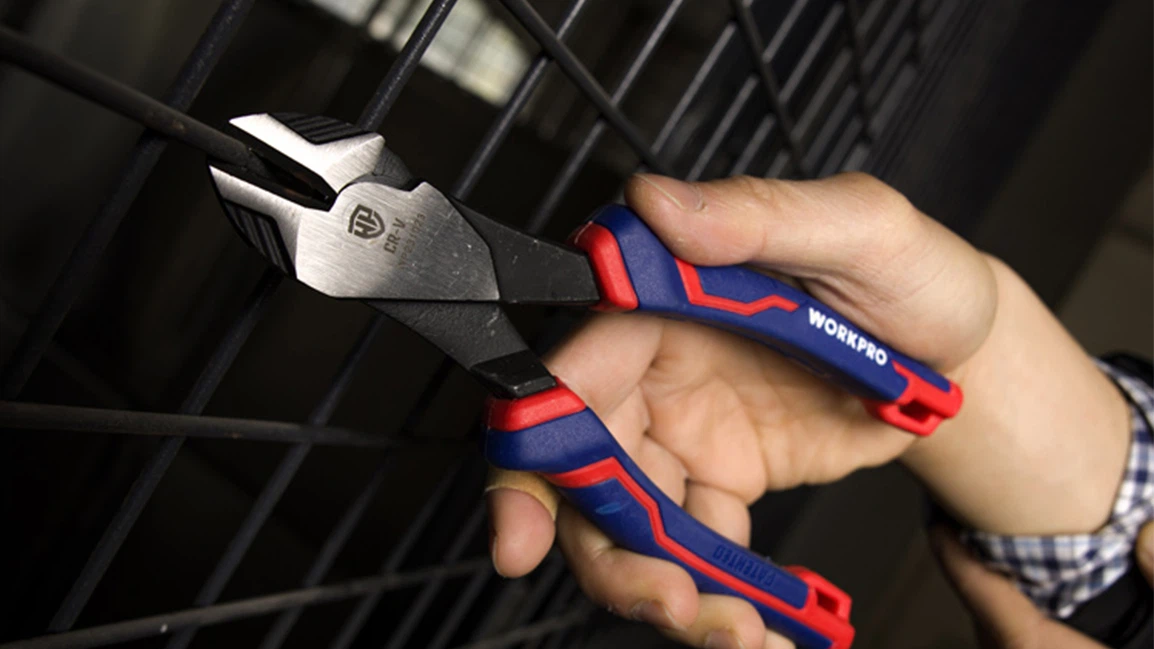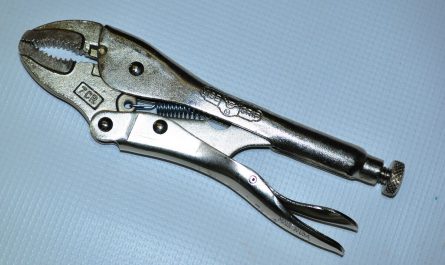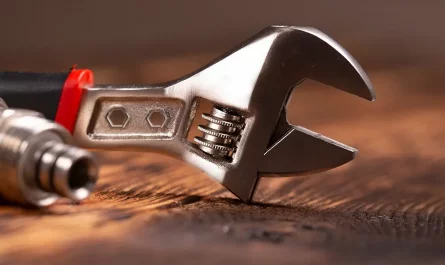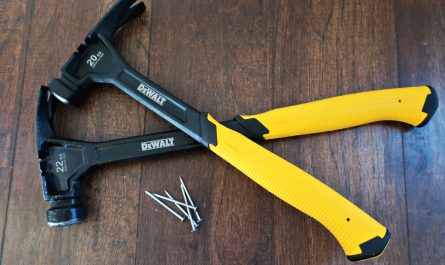Whether you’re an electrician, builder, mechanic, or hobbyist, wire cutters are essential for safely and cleanly severing wires, cables, and small metal components. Designed for accuracy, durability, and control, wire cutters come in various forms, each tailored to specific cutting tasks—from snipping copper wire in a control panel to trimming cable ties, stripping insulation, or cutting fencing and mesh.
Compact yet powerful, wire cutters combine hardened steel blades with ergonomic handles to deliver clean cuts with minimal effort. They’re vital for ensuring tidy installations, preventing frayed ends, and protecting circuit integrity—making them a trusted tool on job sites, in workshops, and in toolboxes everywhere.
History and Evolution of Wire Cutters
The basic function of cutting metal traces back thousands of years to early shears and scissor-like tools. However, the modern wire cutter as we know it developed alongside the electrical and telecommunications industries in the 19th and 20th centuries. As wiring became commonplace in homes, factories, and vehicles, the need arose for specialized tools that could precisely cut conductive materials without damaging surrounding insulation or components.
Over time, wire cutters evolved to include features like insulated grips, precision-ground blades, compound leverage mechanisms, and multi-function capabilities (such as stripping, crimping, or bending). Today’s wire cutters are made from high-grade alloys, engineered for both general and specialty applications across trades and industries.
Types of Wire Cutters and Their Applications
1. Diagonal Cutting Pliers (Side Cutters)

Description and Use:
Also known as side cutters, diagonal cutting pliers are one of the most essential and frequently used tools in electrical and electronics work. Characterized by their angled, intersecting jaws, these pliers cut using a shearing action rather than crushing, allowing them to make clean cuts through a variety of materials. They are particularly well-suited for cutting copper, aluminum, and steel wires, and are also commonly used to trim cable ties, snip component leads, and clip small fasteners or pins.
The compact, angled head design of diagonal cutters makes them ideal for working in confined spaces, such as electrical panels, junction boxes, circuit boards, and control cabinets. Their ability to make precise, flush cuts with minimal effort is invaluable in both delicate electronics work and more robust electrical installations.
Electricians, telecom technicians, electronics repair specialists, and DIY enthusiasts all consider diagonal cutting pliers a staple tool due to their reliability, precision, and versatility. Many models feature ergonomic, cushioned handles for enhanced comfort during extended use, and some include hardened cutting edges for tackling tougher materials without dulling quickly. Whether you’re installing a light fixture or repairing a circuit board, a quality pair of diagonal cutting pliers provides the clean, accurate cuts needed for professional-grade results.
Technical Characteristics:
- Blade Type: Diagonal/angled
- Material: High-carbon steel or chrome vanadium
- Cutting Capacity: Soft to medium-hard wire (up to 2.5 mm Ø)
- Features: Insulated grips (VDE-rated optional), spring-loaded handles, induction-hardened blades
Price Range:
€8 – €30
2. Flush Cutters

Description and Use:
Flush cutters are precision cutting tools specifically designed to produce exceptionally clean, smooth cuts with minimal deformation. Unlike standard side cutters, which often leave a pointed or angled edge after cutting, flush cutters feature blades that are nearly parallel to each other. This allows them to shear wires and component leads right at the surface, leaving virtually no protrusion or burr. As a result, they’re ideal for applications where a neat, flush finish is critical.
These cutters are commonly used in electronics assembly, circuit board work, jewelry making, model building, and other detail-oriented crafts. Their ability to trim small-gauge wires, soft metals, and delicate component leads without damaging surrounding elements makes them indispensable in professional and hobbyist toolkits alike. Whether you’re clipping resistor leads on a PCB or trimming fine wire in intricate designs, flush cutters provide the control and finesse required for high-precision work.
Most flush cutters feature ergonomically shaped, spring-loaded handles to reduce hand fatigue during repetitive use, and their sharp, fine tips allow for excellent access in tight or crowded spaces. While they aren’t designed for heavy-duty cutting tasks, their specialized function makes them a must-have tool for anyone working in fields where precision, cleanliness, and accuracy are paramount.
Technical Characteristics:
- Blade Type: Parallel/flush cut
- Material: Hardened stainless or alloy steel
- Cutting Capacity: Fine wire (typically <1.6 mm Ø)
- Features: Spring return, anti-slip grip, micro-tip blades
Price Range:
€10 – €40
3. Lineman’s Pliers (Combination Pliers)

Description and Use:
Lineman’s pliers, also known as combination pliers, are a heavy-duty, multi-functional tool favored by electricians, construction workers, and maintenance professionals. These pliers are designed to perform several essential functions—cutting, gripping, bending, twisting, and pulling wire—all with a single, robust tool. They typically feature strong cutting jaws at the front, flat serrated gripping surfaces, and often include a crimping area near the pivot point for securing terminals and connectors.
This versatility makes lineman’s pliers a go-to tool for handling a wide range of electrical and construction tasks. Whether you’re installing electrical wiring, twisting multiple wires together, crimping cable lugs, or simply pulling nails and staples, these pliers offer the strength and leverage needed to get the job done efficiently. Their cutting edges are tough enough to handle thick copper or aluminum wires, and their durable design allows them to withstand significant force and daily job site abuse.
Most lineman’s pliers are constructed with hardened steel for long-lasting performance and are often equipped with insulated, cushioned handles for user comfort and safety. In demanding environments where tool reliability is critical, lineman’s pliers deliver consistent performance. Their all-in-one functionality reduces the need to switch tools constantly, making them a key component in any professional electrician’s toolkit.
Technical Characteristics:
- Blade Type: Integrated cutting edge near pivot
- Material: Drop-forged steel, chrome-nickel alloy
- Cutting Capacity: Copper, steel, and cable wire up to 4 mm Ø
- Features: Insulated (optional), textured grip, heavy-duty jaws
Price Range:
€15 – €50
Conclusion
From small electronics to large-scale electrical installations, wire cutters play a vital role in ensuring clean, safe, and reliable results. Their ability to deliver sharp, controlled cuts helps prevent damaged wires, faulty connections, and time-consuming rework.
Whether you’re trimming component leads on a circuit board, stripping cables in a breaker panel, or cutting through armored wiring, there’s a wire cutter purpose-built for the task. Side cutters, flush cutters, cable snips, and multi-tools all bring their own strengths—united by a commitment to precision and practicality.
Compact, efficient, and easy to handle, wire cutters are not just convenience tools—they are essential for any job that demands clean connections and high-quality craftsmanship. For electricians, engineers, crafters, and builders alike, they represent a perfect balance of power and finesse in the palm of your hand.



